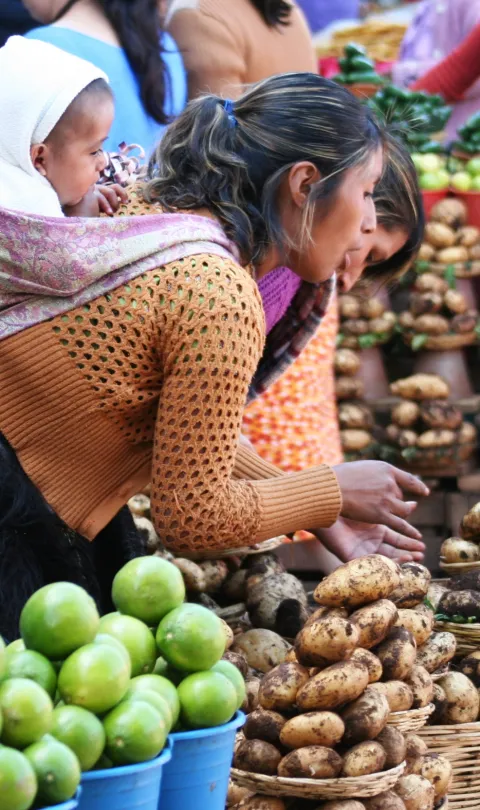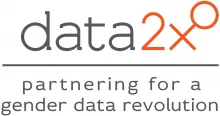The International Labour Organization (ILO) recently released the newest version of its report, Women and Men in the Informal Economy: A Statistical Picture, that substantially improves our understanding of the realities faced by over 2 billion people across 119 countries who earn their living in the informal economy. Given that this population makes up 60 percent of the world’s employed, that this iteration is based on more than double the countries from the earlier 2014 report, and includes data on the agricultural sector for the first time, the new insights offered represent a significant step towards understanding the economic lives for a huge portion of the working world.
Of the 2 billion individuals engaged in informal employment, 740 million are women. While this means that the majority of informal workers at the global level are men, in lower income countries, the report finds that women represent the majority of informal workers and are much more likely to be engaged in vulnerable forms of this work, e.g. as domestic workers, home-based workers, or workers in family businesses or farms. Gaps in data on women’s economic opportunities were among the key gender data gaps identified in Data2X’s foundational report. For this reason, we applaud this report as it captures critical data about a sector where women face disproportional challenges.
What is informal employment?
Informal employment, which can include work in the informal or formal sector, covers those employed who, by law or in practice, are not subject to national labor legislation and income tax or entitled to social protection and certain job-related benefits (advance notice of dismissal, severance pay, paid annual or sick leave, etc.). With the rise of the “gig” economy, we are also seeing the creation of jobs in higher-income contexts that often share similar uncertainties about job security and benefits.
2015 was a pivotal year for recognition of the importance of informal employment, with the ILO adopting the Transition from the Informal to the Formal Economy Recommendation and the SDGs incorporating a target (8.3) and indicator (8.3.1), both aimed at reducing informal employment and encouraging the creation of decent jobs. But the transition to formalized economies will be complex, the factors associated with it different for every country, and the barriers and enablers to formality for various groups — including women — need to be understood.
Data challenges—and opportunities—to measuring informal employment
Consistent, detailed data on informal employment is hard to come by across all countries, and particularly for women, because the work they perform is often casual/ seasonal, part of a family business, or in the home alongside domestic chores and housework.
Underlying data gaps are also due in part to international standards on employment that guide country labor force and employment surveys. An international group of labor statisticians and organizations including Women in Informal Employment: Globalizing and Organizing, or WIEGO, has been working on revisions to the International Classification of Status in Employment (ICSE-93) that may include a more diverse set of employment activities that would better capture some of the informal jobs that women perform in many developing countries. The 20th International Conference of Labour Statisticians (ICLS 20) in October this year will discuss these proposed changes alongside other important innovations in the measurement of all types of women’s work and employment, some of which Data2X has been supporting through its Women’s Work and Employment Partnership.
Though measuring informal employment can be complex, the report shows what expanded data can reveal about women’s and men’s relative situations in informal employment and the implications for policymaking. For example, understanding that the proportion of women who work for family businesses and on family farms (usually considered unpaid) is three times higher among women in informal employment compared to men, means that formalization policies will need to target these women in a different way than they do men.
The way forward for measuring informal employment
Data2X welcomes this new ILO report as a significant step towards producing policy-relevant, actionable information to improve the working lives of women and girls. But much more effort is needed to understand the full spectrum of work burdens that women and girls carry and within that, the nature, duration, and conditions of their informal employment. To move forward on this issue, the statistical community should:
- Deal with methodological issues during discussions on ICSE and surrounding measurement of the SDGs;
- Engage with all countries around the world to encourage data collection on this topic
With this improved data, better formalization policies that ensure that women and girls are not left behind in the most vulnerable positions will be possible.
(Photo: A Mayan Indian woman sells her fruits and vegetables at a market in San Cristobal, Mexico.
© 2012 Victor Casillas Romo, Courtesy of Photoshare)

